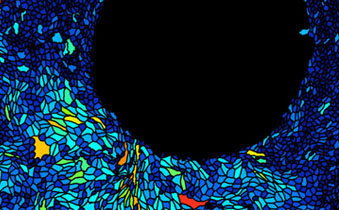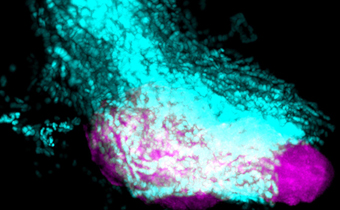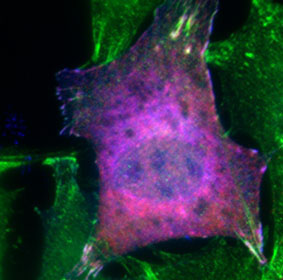Unexpected discovery about the ways cells move could boost understanding of complex diseases
 A new discovery about how cells move inside the body may provide scientists with crucial information about disease mechanisms such as the spread of cancer or the constriction of airways caused by asthma.
A new discovery about how cells move inside the body may provide scientists with crucial information about disease mechanisms such as the spread of cancer or the constriction of airways caused by asthma.
Researchers at IBEC and Harvard School of Public Health have found that epithelial cells—the type that form a barrier between the inside and the outside of the body, such as skin cells—move in a group, propelled by forces both from within and from nearby cells to fill any spaces they encounter.








